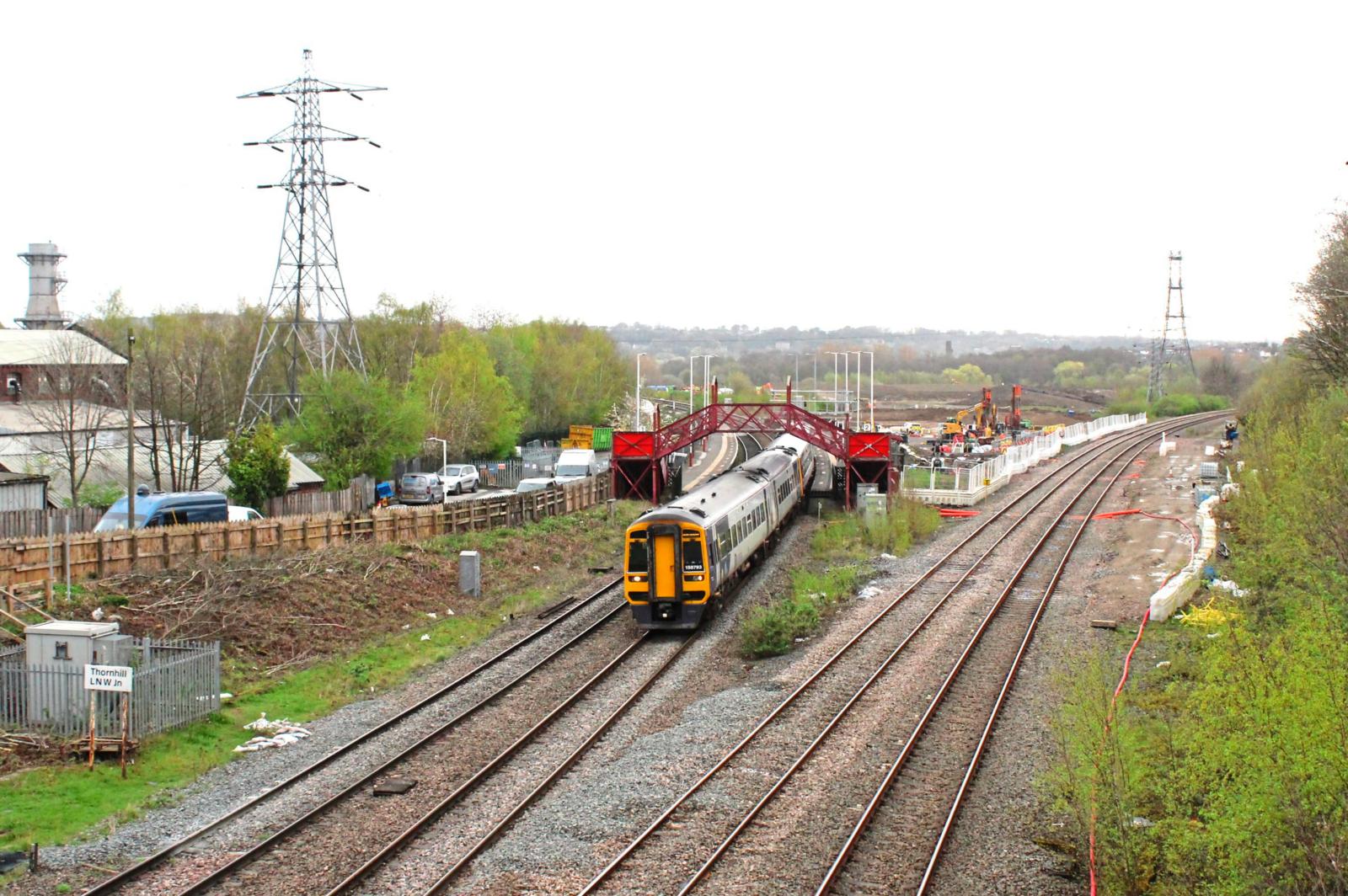
The Government is under fresh pressure not to sell off piecemeal the route of the abandoned northern HS2 extension to Manchester until extra rail capacity has been clearly identified.
The comments feature prominently in Transport for the North’s new Strategic Plan that sets out its stall for the next 25 years.
TfN’s latest policy statement calls for a seven-day railway.
It also pursues the ambition of trebling the share of freight carried by rail, by safeguarding sites for new terminals that it says are urgently needed.
For passengers, TfN seeks across-the-board improvements in journey times, better integration between services, and easier access to other areas of the UK.
It wants a network that is easy to navigate, accessible and predictable, with consistent and simplified fares that integrate with buses and trams, and with information before and throughout journeys.
Specifically, reinstatement of the Leamside Line through County Durham continues to feature in TfN’s demands, to provide an alternative route from the south into Newcastle. It says that the route north from Leeds also needs major investment.
Piccadilly Station underground
Headline schemes already in the pipeline include Northern Powerhouse Rail’s new line from Liverpool to Manchester via the centre of Warrington and Manchester Airport, including an underground station at Manchester Piccadilly.
There should also be a new route from Manchester to Leeds via the centre of Bradford, Hope Valley upgrades, and a combination of new lines (including a new station at Leeds) and additional stations at Rotherham and Barnsley Dearne Valley. Leeds, Sheffield and Hull should also get a through electrified service.
On freight, TfN wants the many problems currently being experienced by operators to be sorted.
While there are many bottlenecks to be eased, there is also the embarrassment of empty freight paths. TfN says this is caused by “the lack of joined-up infrastructure, particularly where the gaps in gauge clearance, track capacity or electrification are limiting timely and direct freight journeys”.
Congestion blackspots exist through Manchester, on the West Coast Main Line between Crewe and Weaver Junction, and north of Golborne.
The two-track East Coast Main Line section through Durham, and the Midland Main Line through Sheffield are additional concerns.
The report points out that increasing rail capacity would widen access to ports and airports - for example, enabling more ships to call in the North would ease pressure elsewhere in the UK and on the Channel Tunnel.
There are noted capacity constraints relating to terminals at some locations in the North, most notably associated with potential multi-purpose intermodal terminals linked to large-scale distribution centres.
TfN says these require sufficient land availability, as well as suitable gauge clearance ability to accommodate maximum-length trains and a competitive funding and cost regime.


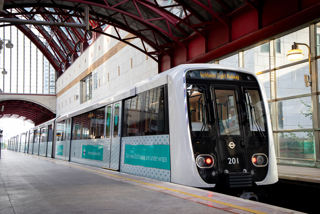
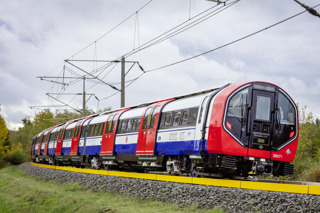
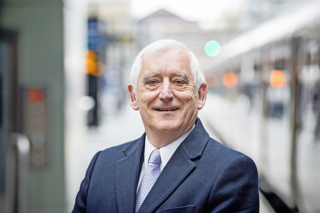
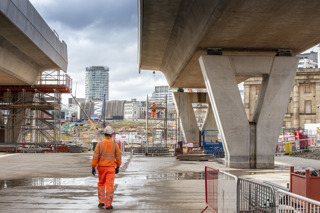
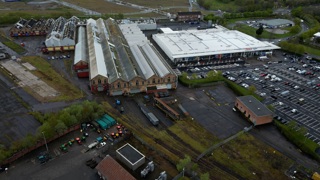











Login to comment
Comments
No comments have been made yet.